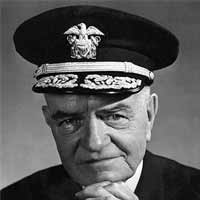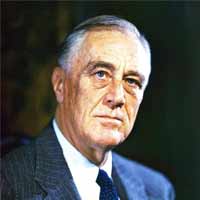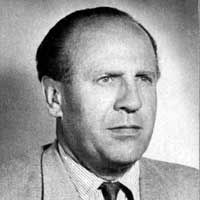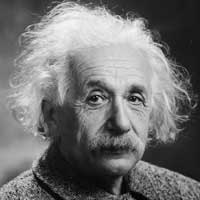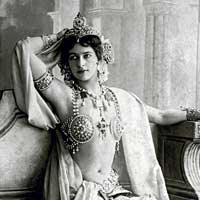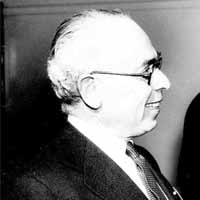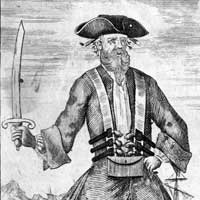PS Magazine, the Preventive Maintenance Monthly (1971 Editions)
The Preventive Maintenance Monthly published 12 editions in 1971. From May 1940 to…
Our list of biographies includes not only military personalities and distinguished battle commanders in history, but also men whose genius has earned them an unquestionable place in history or played a significant role in one of the many wars.
The biographies are not intended to be detailed essays of each individual but a compact approach to learn more about the character, strategy, talents, values, beliefs and eccentricities. When trying to analyze the outcome of many famous battles, these biographies will give us many clues on how much certain individuals directly affected the outcome through their personal contributions and the relationship with other leaders of the same periods.
In loving memory of "Jack" & "Lola"
The info here!


